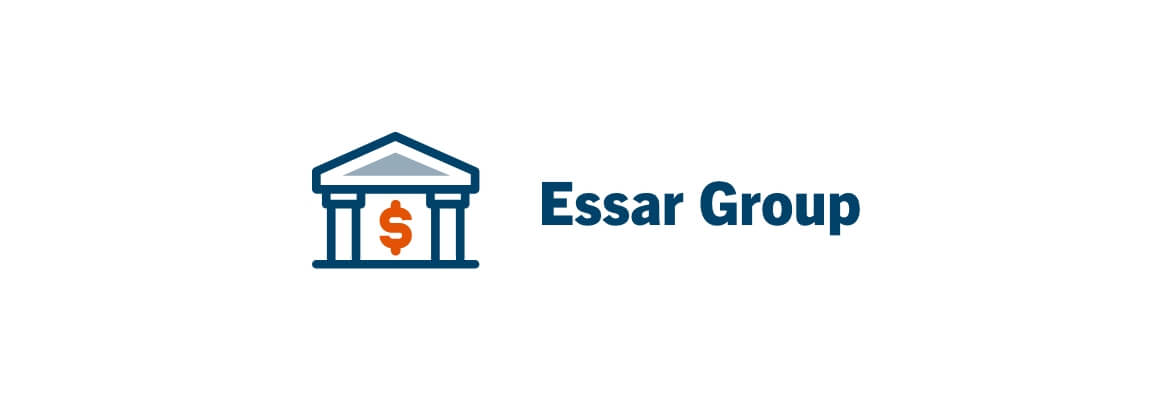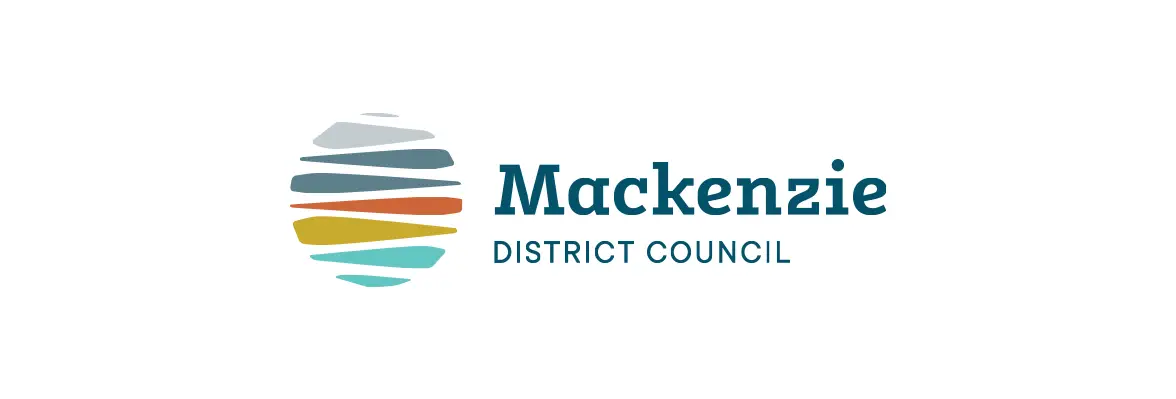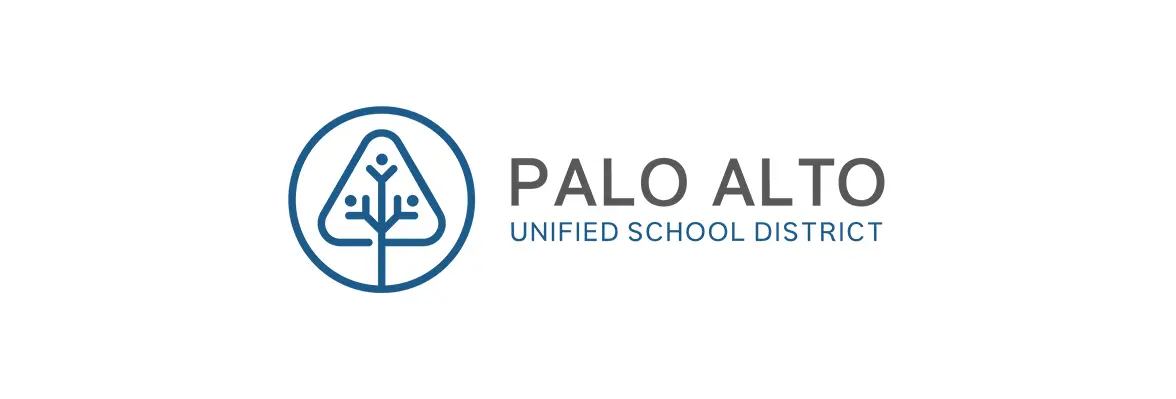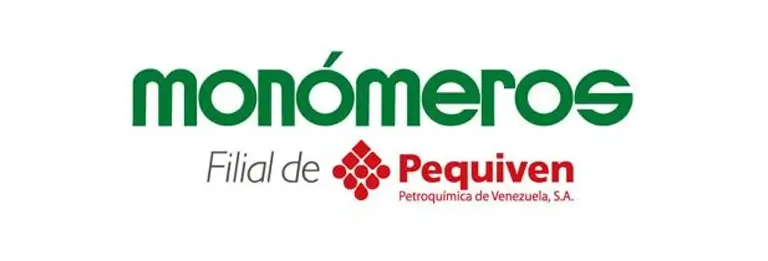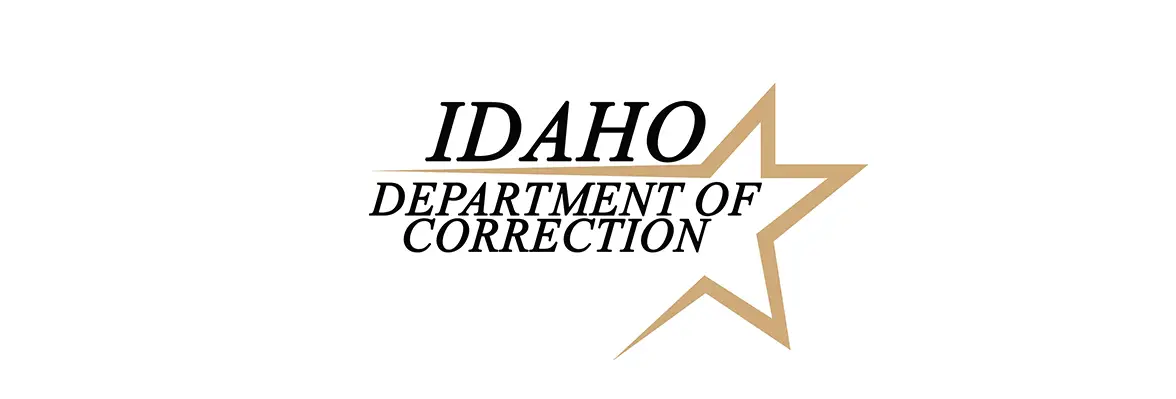Essar Group
4 min read
With construction and mineral operations in more than 20 countries across five continents, the Essar Group employs 60,000 people in 63 companies, with annual revenues of $15 billion. In 2009, the Mumbai-based conglomerate initiated a plan to establish an enterprise-wide Shared Service Center to consolidate and automate finance and accounting processes across India. It looked to Laserfiche to serve as a foundational component of its agile ECM framework through an integration with its SAP–DMS system to support it.
“We saw Laserfiche as a way to bring visibility, time-bound execution and accountability to our accounting business processes,” says Mandeep Singh, Head of Finance Shared Services at Essar.
Working with Laserfiche reseller Sigma-Tech India Pvt. Ltd, Essar Group initially purchased a 100-user Laserfiche Rio solution. What started as simply a way to centralize all finance-related information evolved into a full-scale ECM/BPM implementation.
According to Singh, “We started using Laserfiche primarily as a scanning and document management solution, but after experiencing the way Laserfiche Workflow and its integration capabilities could be used for our scanning operations, we scaled up use dramatically.”
Chandresh Sharma, Vice President at Sigma-Tech, worked with Essar business analysts to map out the end-to-end processes for finance and accounting functions. These processes were mapped in Laserfiche Workflow to validate vendor, customer, company and invoice information from the SAP masters, and ultimately route and approve invoices and contracts processed between Essar’s global business units and the Shared Service Center at its Mumbai headquarters.
Balancing Centralized and Decentralized Processes
“Laserfiche operates as part of a ‘hub and spoke’ model with the Shared Service Center as the hub and business geographies as the spokes, which connect to the central hub for document processing,” Singh explains.
A major operational benefit has been the ability to seamlessly balance centralized and decentralized processes using Laserfiche as both the hub and the spoke. “Financial Shared Services uses both models to fulfil transactions,” explains Singh.
- The centralized process approach is enabled by a central hub that accesses Laserfiche to process documents. Work allocation is assigned using Laserfiche Workflow, which detects exceptions to mapped data validation rules during the scanning process and provides notifications to responsible parties to resolve discrepancies. “This ensures that clean data is passed into the downstream operations of the financial services,” Singh says. A mail room solution is also in place to track and deliver transactions to Laserfiche, further accelerating the process and increasing productivity.
- The decentralized process approach uses Laserfiche deployed locally to establish remote common collection hubs at various offices across India (and eventually globally) through which vendors working with ESSAR can submit hard copies of transactions. “Laserfiche is run in a dedicated center and further downstream processes like scanning, indexing and quality assurance are carried out before being published to the SAP-DMS,” he adds.
International offices use an FTP route offline. “Here the SPOCs [single point of contact] submit their invoices to the FTP folder. From there the invoices are scheduled for automatic entry into the Laserfiche server using Laserfiche Import Agent. This enables further processing,” explains Singh.
In addition to streamlining accounting processes, Laserfiche has standardized work allocation enterprise-wide. “Operationally, work allocation is now defined based on certain parameters mapped in Laserfiche. For example, ‘Process Type,’ ‘Document Type,’ ‘Location Code,’ ‘Country Code,’ ‘Business Vertical,’ ‘Priority’ and others,” says Singh.
Shared Services, Enterprise Benefits
The benefits of using Laserfiche as part of the Shared Service Center have been both immediate and long-term:
- Better throughput in terms of number of transactions per process associate.
- Accelerated invoice turnaround times of less than an hour for urgent invoices across geographies and less than a day for normal invoices.
- Increased visibility of daily transactions across 63 group companies. Laserfiche publishes a daily report to the business intelligence layer for companywide unified reporting.
- Increased visibility of pending transactions in a categorized manner. Laserfiche Workflow notifies business process owners of necessary actions by way of mail alerts. “Moreover, we also unify these numbers with the business intelligence (BI) platform to provide better visibility,” says Singh.
- Enhanced control environment through automatic system-end integrated validations with SAP-DMS using Vendor, Customer and Company Code checks for duplications or mismatches at the source stage itself. Laserfiche also does a validation for the key fields entered and runs a duplicate check across its database for any potential duplicates—which are then provided as reporting numbers and integrated with the BI platform.
The most ostensible benefit is obviously reducing invoice processing times from, on average, a matter of weeks into days and sometimes hours. But combined with increased transparency of business processes, Laserfiche has brought a new level of accountability to staff. With Laserfiche Audit Trail giving a step-by-step history of each action and user in the process, there are significant quality control and productivity benefits. Says Singh, “People think twice before performing a transaction.”
Though formal impact analysis has not been conducted, Singh estimates that Essar Group has realized a 40% return on its Laserfiche investment already, but foresees ongoing and expanding operational improvements. “Major ROI will come by de-skilling profiles deployed across companies for financial processes,” he explains.
Following the success of integration with SAP-DMS, Essar is now working with Sigma-Tech India to integrate Laserfiche (and SAP) with ARIBA financial software, as well as related procurement and e-invoicing modules to develop straight-through processing for accounts receivable, fixed assets, business expense reimbursements and income tax declaration. “We’re also now contemplating using [PDP partner] LincDoc for form-based workflow requirements,” Singh concludes.
Mandeep Singh on Putting the Laserfiche Run Smarter® Philosophy into Practice
Understand the content and information requirements across your organization and you’ll see the value of using Laserfiche for more than search and retrieval. As our ongoing success has shown, Laserfiche is agile enough as an enterprise solution to manage document-based workflows and accelerate turnaround time. At the same time, implementing these workflows yields a fresh perspective on how processes can be most effectively managed. In that sense, Laserfiche has been a tremendous tool for change management and developing new, more comprehensive business processes that have given Essar Group fresh perspective and improved our overall investment perspective as a company.
